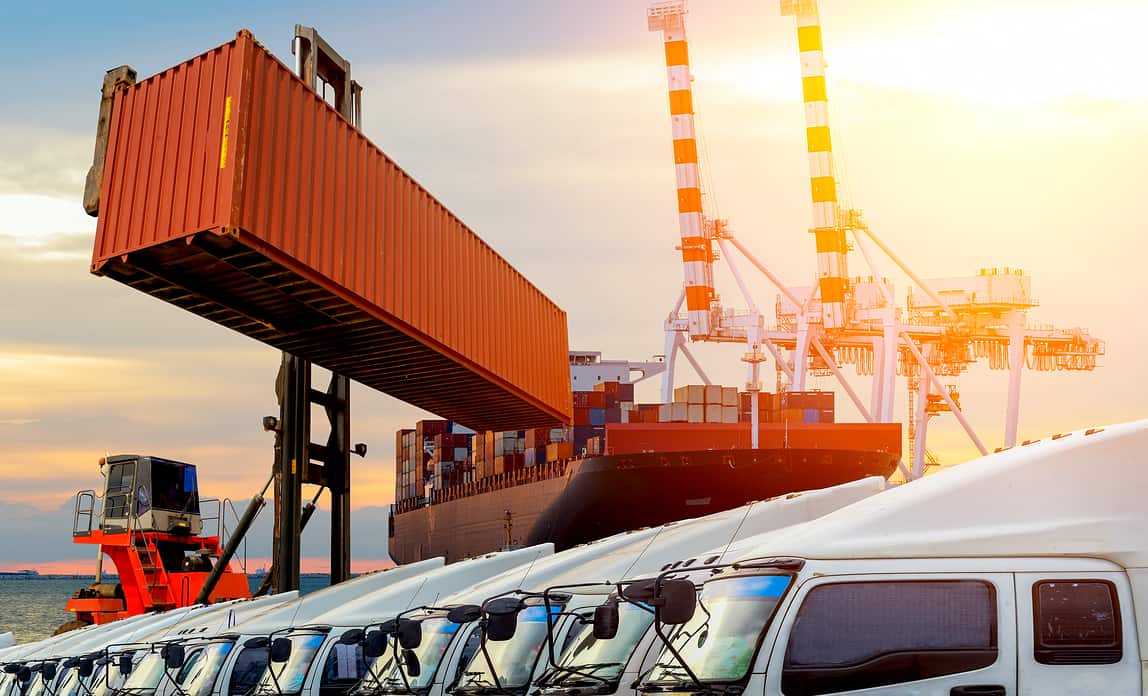Trade logistics is defined as the management of the flow of integrational goods, which covers a myriad of operational functions such as documentation and financials. The goal of trade logistics is to reduce logistical costs (direct and indirect) by carrying out practical measures by bridging procedures and documentation together.
By ensuring the provision of high quality and price competitive trade logistics services which includes transport of goods, goods storage in warehousing facilities, distributions, and information management of the movement of the goods is factored with a country’s competitiveness in the market. If the availability of trade logistics services is limited, so will trade and even lesser quality of service too. According to the GFPTT Organization, Economies of Scale in trade logistics can be substantial.
If you look at the global scale of trade logistics, it is a $4.3 trillion industry, which encompasses a network of services that supports the physical movement of goods globally within and through borders. It factors customs clearances, infrastructure, tracking & tracing, timeliness, logistics services quality, and ease of international shipments.
With good trade logistics, the reduction of trade costs is feasible, but it should be noted that supply chains are as strong as their weakest link as noted by the World Bank Group. With concern to developing countries, it is important that the infrastructure improvements, along with customs proceedings, skills and regulations are also improved to making trade logistics a success.
“Logistics are considered the backbone of trade”. With ultimate appropriation of logistics, it can lower costs of trade, and aid developing countries compete with others on a global scale. The logistics performance index devised by the World Bank Group offers scores of countries that denote the efficiency and ease of the movement of goods. It is noted that the LPI scores of countries with high-income score 48% higher than those of lower incomes.

